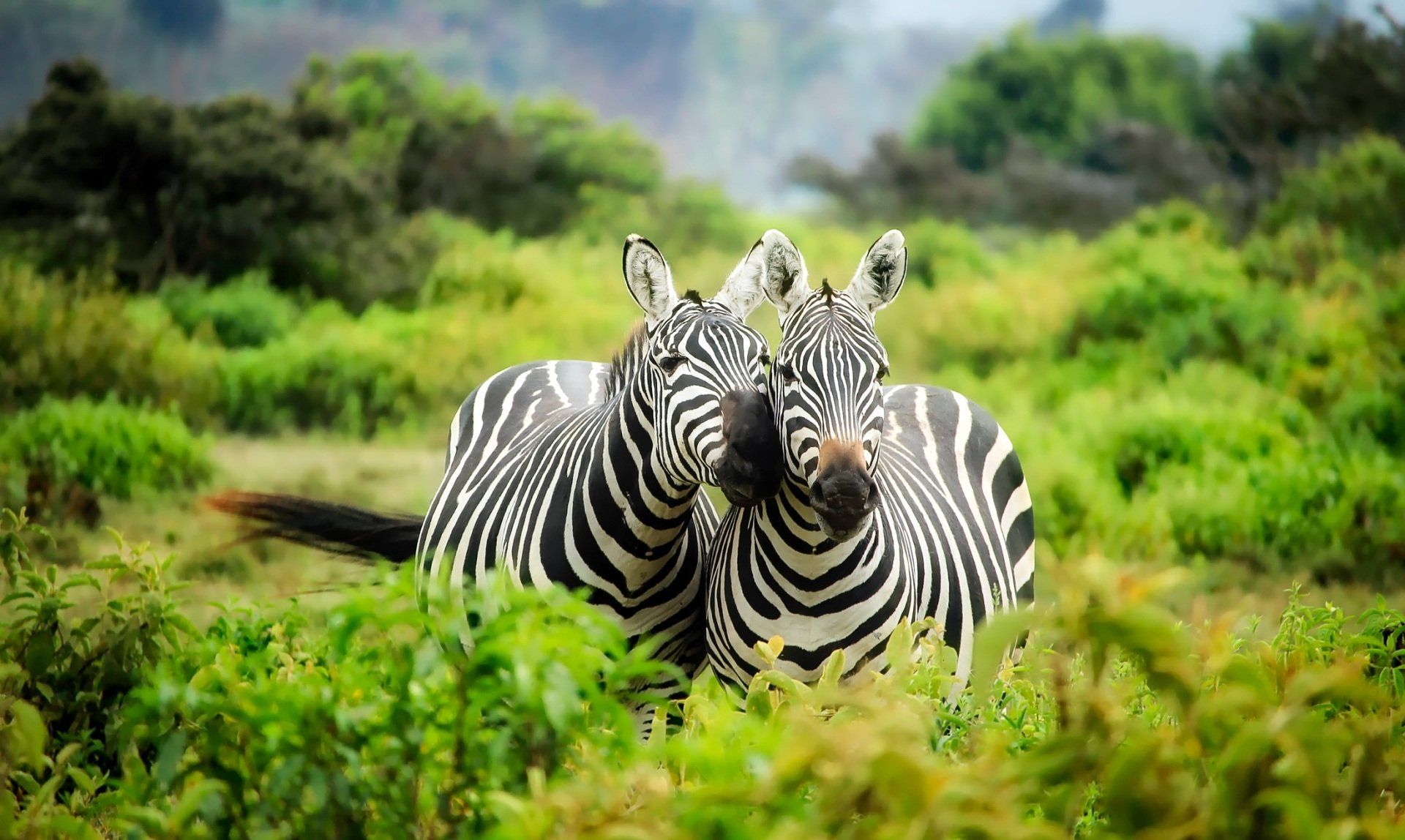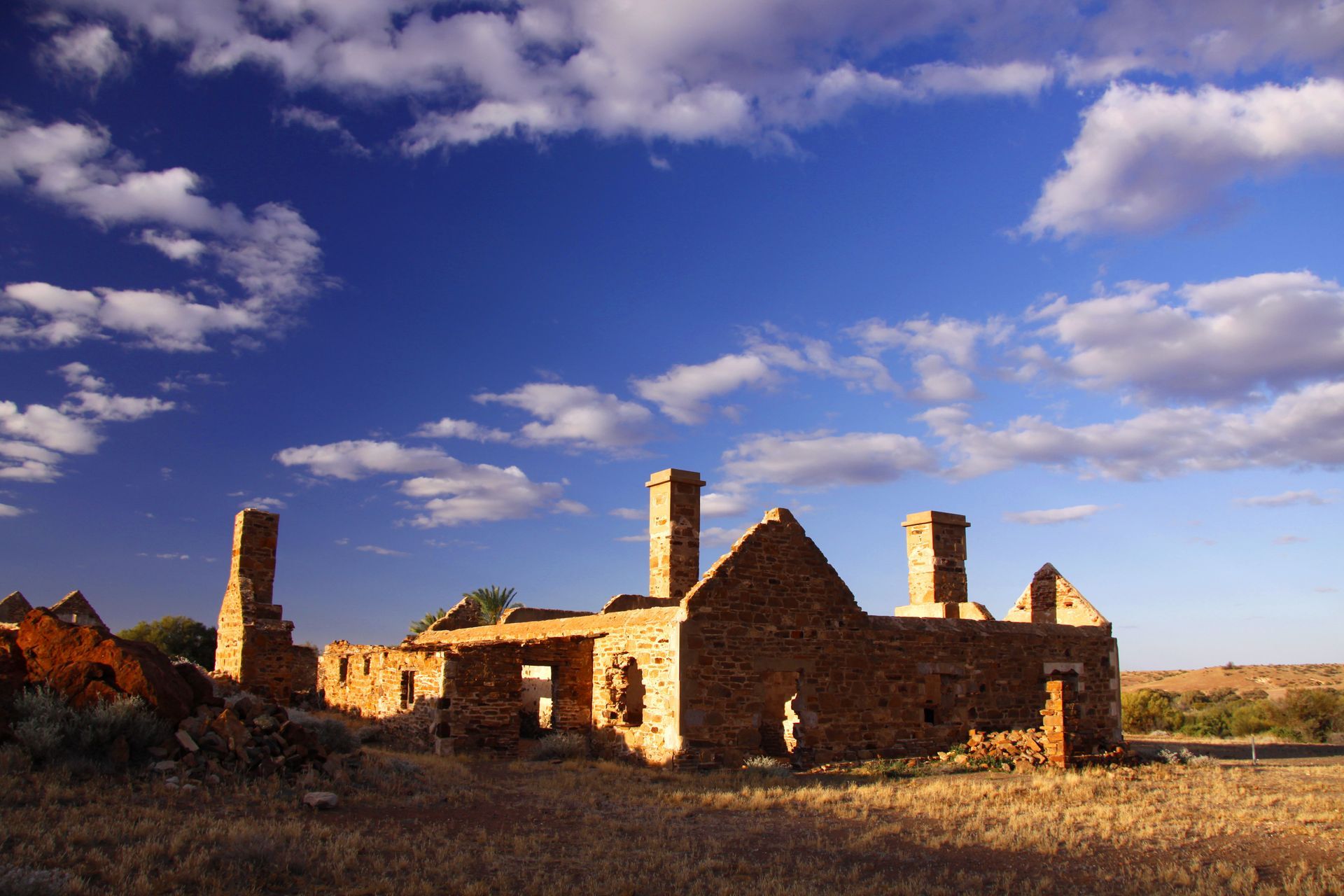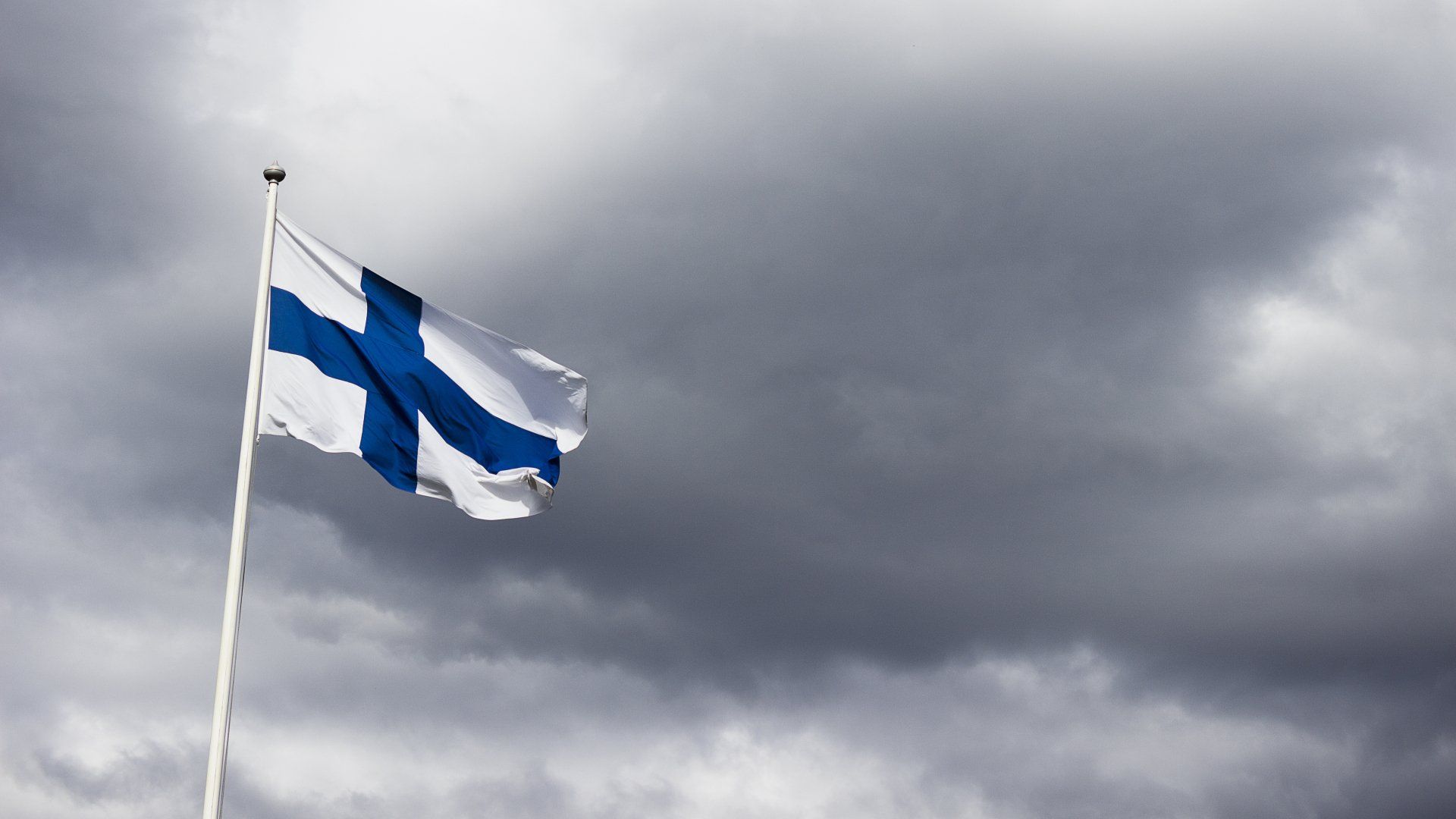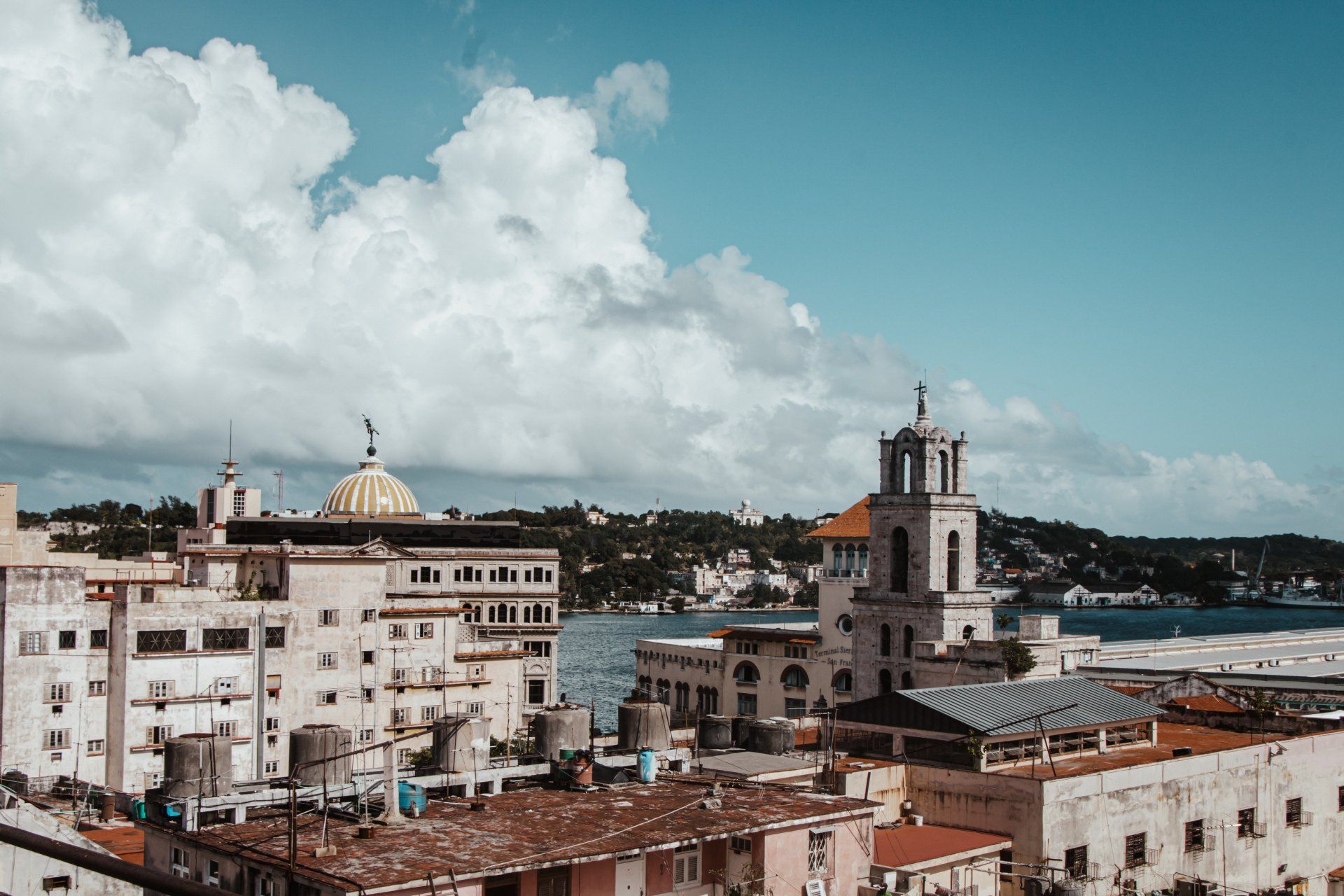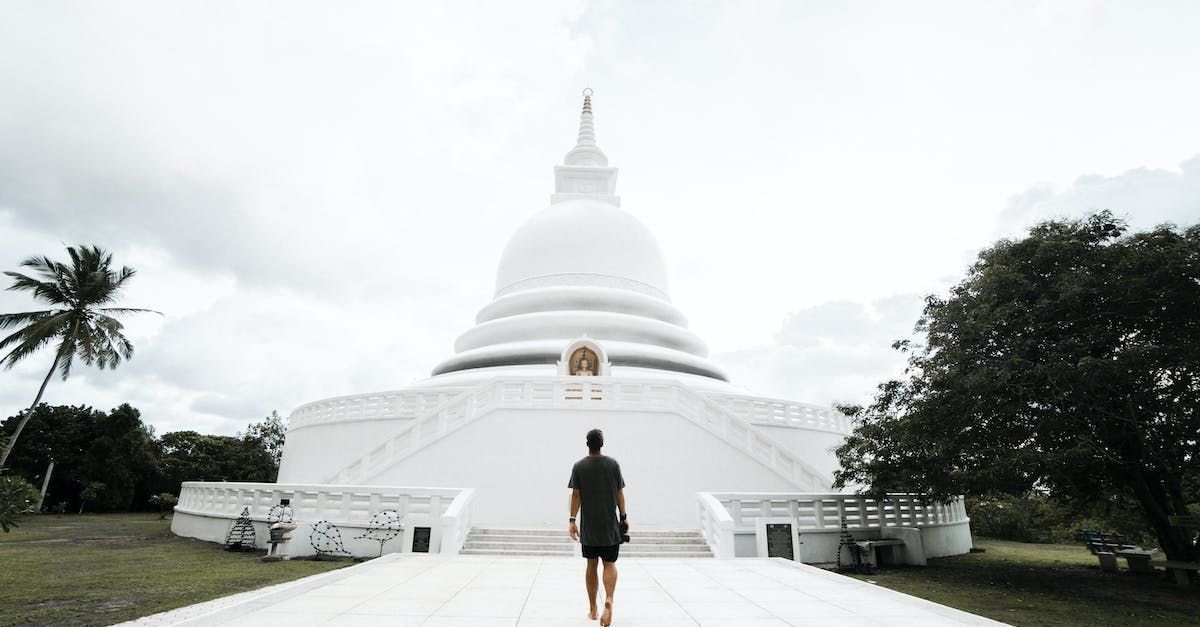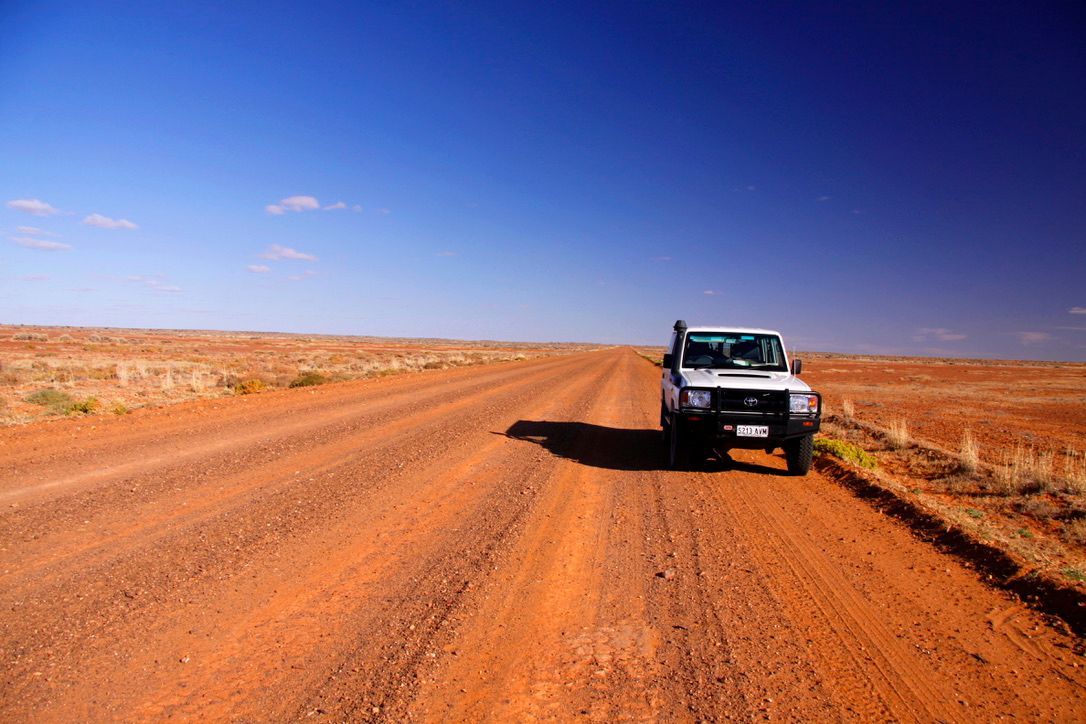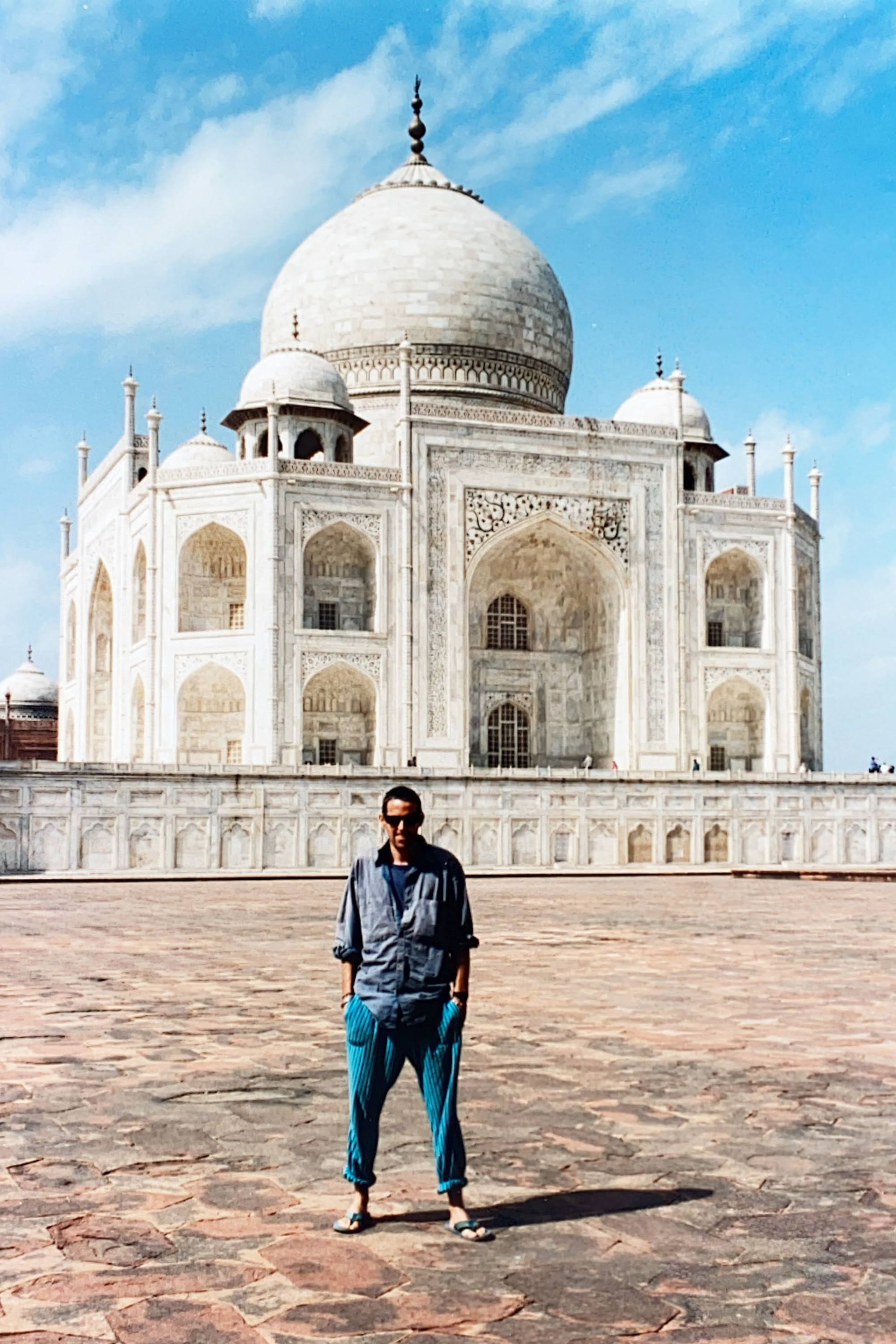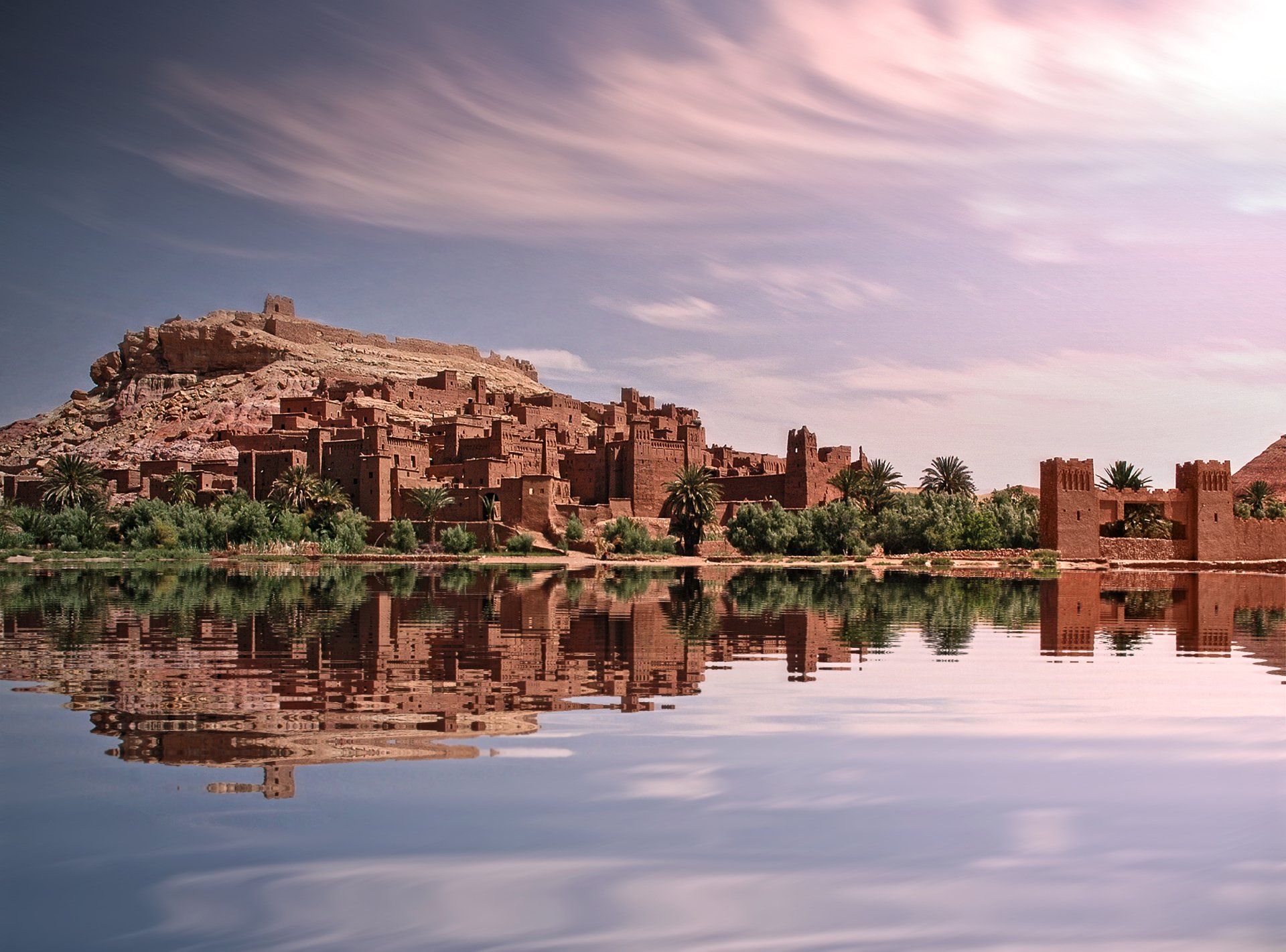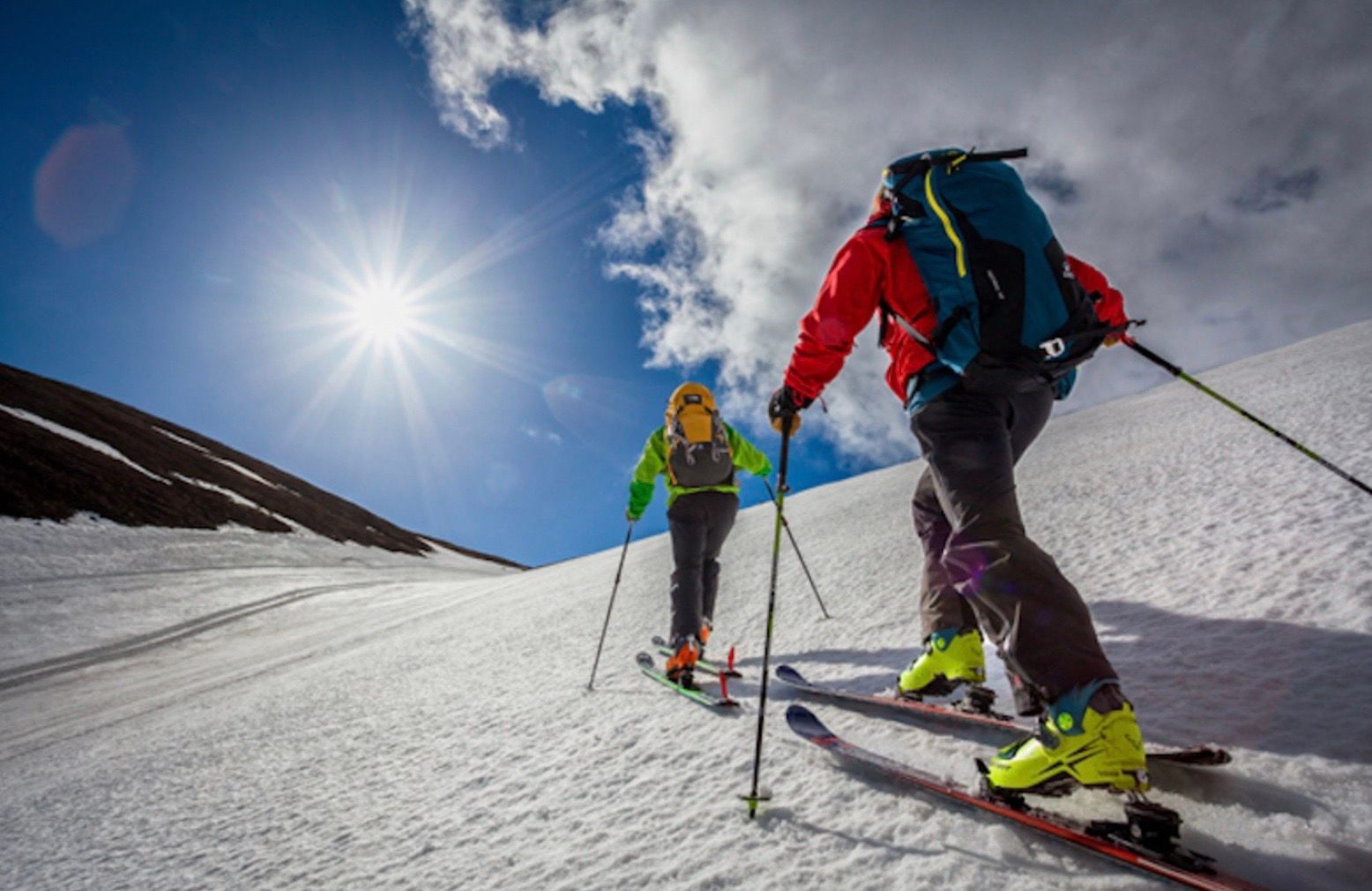North by North-west
“When vegetation rioted on the earth and the big trees were kings…”
– Joseph Conrad,
Heart of Darkness
North of Westport, State Highway 67 followed the coast on a narrow, scrubby littoral. The outer edge of the Denniston Plateau, where vast amounts of coal were hewn from the earthquake-rumpled landscape during the late nineteenth and early twentieth centuries, dropped almost vertically to the road, clad with wind-raked trees combed flat against the scalp of the land. The farmland was thin, hungry and tired-looking. Dilapidated houses, surrounded by scrapped machines and broken-down cars stared vacantly out at the sea. Abandoned sway-backed sheds, their skeletons of timber bones protruding from beneath warped and sun-faded weatherboards, stood beneath windbreak clumps of gaunt, twisted macrocarpas. Skinny cattle peered at me from behind bent and rusty farm gates tied closed with bits of plastic string.
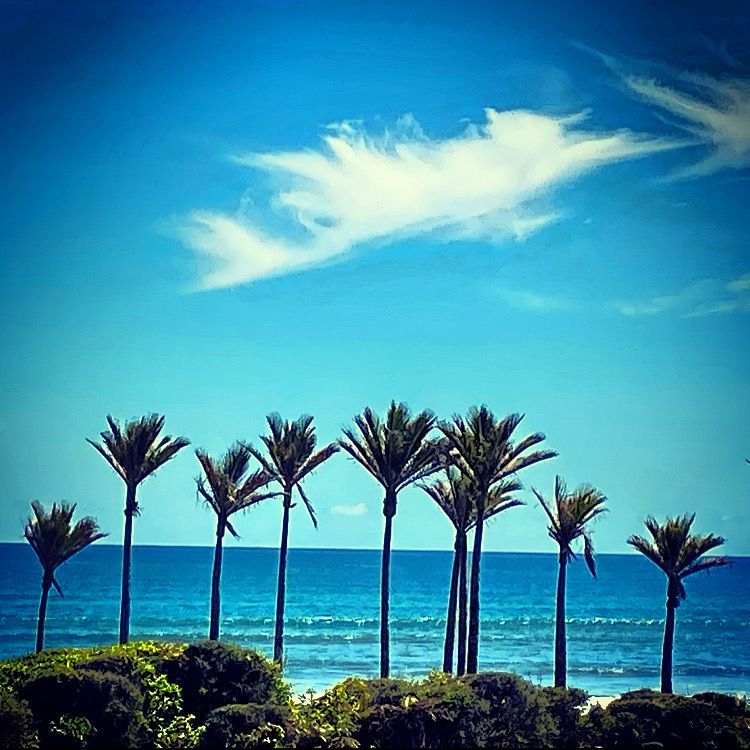
At Mokihinui, the road turned inland, crossed a big river via a rattling bridge of silver-painted steel girders, then climbed in a series of zig-zags and switchbacks across the forested seaward slopes of the Paparoa Range. The heavy rainforest crowded the road. Gigantic matai trees, each one an ark of epiphytes, moss and dangling supplejack vines, towered overhead. I drove with the windows down and over the sound of the wheels on the road and the dulcet tones of the narrator of the audiobook I was listening to (Winston Churchill’s biography of the Duke of Marlborough) I could hear a chorus of birdsong: tui, grey warblers and bellbirds. The warm, sweet smell of the forest filled the air.
Below the road, the lower slopes of the hills, stripped, denuded, burned, slashed and scoured by generations of miners and woodcutters, were clad in an insubstantial skin of regrowth manuka and gorse. On the higher slopes, inaccessible to the axe and the steamshovel, the forest grew in a heavy, natural abundance. But in the white, skeletal branches of dead trees scattered liberally through the living vegetation, I could see the effects of another man-made scourge: possums.
Introduced into New Zealand from Australia in 1837 to establish a fur industry, the common brushtail possum ( Trichosurus vulpecula ) has run amok in the tasty larder of New Zealand’s rainforests. Apart from the damage they do to bird species by eating their eggs, the nocturnal and highly mobile possums munch through an estimated 21,000 tonnes of native foliage every night. They are especially fond of the flowers of pōhutakawa and rātā trees: iconic species of New Zealand flora. Hunting and trapping only goes part of the way towards controlling these cute but rapacious critters, so the Department of Conservation (DoC) has gone hard out against them with a poison called sodium fluoroacetate.
1080, the brand name given to the synthetic form of sodium fluoroacetate (FCH₂CO₂Na occurs naturally in at least forty plants native to Australia, Brazil and Africa), is widely used by DoC to control introduced pests such as rats, stoats, ferrets and, our voracious possum friends. In the almost inaccessible ranges of the Kahurangi National Park, the poison is spread in pellet form using helicopters with spinning applicators slung beneath them. The applicators’ predictable ballistics allow for precise control of the application rate and a very strict code of practice is used by the pest control authorities to monitor and control the application of 1080. The pellets themselves are composed mostly of fat mixed with cinnamon and very small doses of sodium fluoroacetate. The poison breaks down easily after rain, does not remain viable in the soil and does not pollute or poison waterways. Admittedly, it is, for some, reason, highly toxic to dogs but to humans it is relatively benign unless a large quantity is consumed.
But despite the very well researched benefits and safety of 1080, a sizable fringe of idiots, egged on by spurious data shared on social media by various organisations opposed to its use, are in constant revolt against 1080. Hunters, who consider New Zealand’s forests and mountains to be their private domain, think that possums, deer, rabbits and himalayan thar are best controlled by shooting. However, the impossibility of overcoming the immense difficulties posed by terrain and population numbers makes this a difficult argument to justify. Conspiracy theories abound about “government-controlled” 1080 factories and moves to eliminate the local fur-gathering industries supposedly propping up the economies of small, impoverished towns.
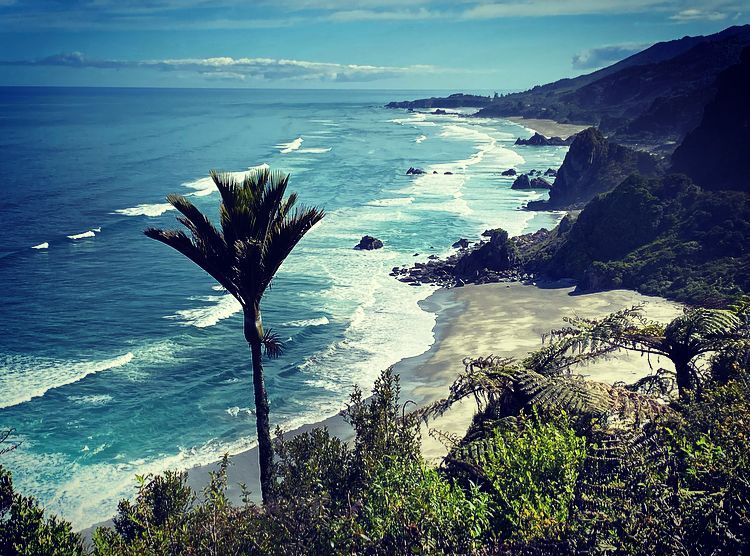
Mostly, though, the opposition to 1080 is composed of the usual mix of well-meaning but mis-informed people whipped up into a frenzy by agitators with a motive of some kind. Regardless of this, however, as I descended through the forests cloaking the serrated hills I passed several vehicles towing the stainless steel applicator drums used to apply 1080 from the air.
The road descended onto the Karamea Plains, an altogether different landscape to the hard-scrabble farmland I had passed through on the southern side of the Karamea Hills. It was almost as though, having traversed the blocking shoulder of the Karamea Bluff, which separates the northern tip of Westland from the rest of the coast, I had entered a new country: Paradise beyond the Rubicon.
The wide littoral, backed by fluted and scalloped ranges beneath a blue infinity of sky daubed with brush-strokes of pure white cirrus, was fertile, neat and fecund. The sunlight shimmered in lush paddocks of ryegrass. Sleek herds of Jersey and Freisian dairy cows lolled contentedly in the fields. In massive glasshouses beside the road, incongruous in such an isolated place, the entire New Zealand supply of tomatoes used by the McDonald’s hamburger chain, are grown. In the warm, sub-tropical climate of Karamea, the cost of heating the glasshouses is so low that it offsets the cost of transporting the tomatoes out to Westport and beyond.
Karamea was almost empty. A tourist town as well as a farming town, the COVID-19 epidemic had shut off the town’s supply of tour buses, campers, cyclists and backpackers. All that remained were the local farmers and as it was mid-afternoon, milking time, even the farmers were busy elsewhere. I drove up Karamea’s short main street and continued north along a narrow road where the farm fences edged the tarmac and viridian grass waved in the wind. Small rivers of tea-coloured water ran down from the distant hills between banks heavy with flax. Dunes of pure white sand glistened along the edges of the seaward pastures.
I turned off onto a narrow gravel road leading up into the hills bordering the hidden Oparara Basin. The road twisted and wound up through the forest and I drove slowly in low range, mindful of risk posed by oncoming traffic on the blind and corrugated corners. After half an hour or so, the road opened into a car park fringed by rimu trees. There were new toilets and some interpretation panels beneath a roof of coloured iron. A couple of hopeful wekas prowled the periphery in search of tourist tidbits. A tui sang mellifluously in the treetops.
The road continued over a low bridge, twined through some low scrub and emerged at another carpark. A plasterer was working on another, smaller set of toilets: his old Ford Falcon station wagon laden with trowels, paint and buckets of Tradefix 40 plaster, a somewhat dissonant sight so far out in the bush. There were more wekas patrolling the perimeter of the car park. With their stocky bodies, brown plumage, long triangular beaks and powerful clawed feet they resembled a gang of thuggish chickens. Two of them sauntered over and fixed me with bright, red eyes, daring me to throw them something to eat. I declined the invitation so one of them pecked my foot as I turned to walk up to the Box Canyon Cave.
The Oparara Basin sits on a bed of 350 million year old granite overlain with a thin skin of limestone laid down around 35 million years ago. The limestone varies in thickness from 15 to 60 meters and is in turn covered with a rind of blue-grey mudstone. Saturated by an annual rainfall of up to six metres, the limestone of the Oparara area has been extensively eroded into a number of features – pinnacles, caves, arch and sinkholes – typically found in Karst landscapes such as that around Guilin in southern China. Extensive tectonic activity, along with changes in sea level, have isolated the basin whose paleozoology offers a unique record of many now-extinct species that once roamed the surrounding valleys and hills. The first intact skeleton of a Haast’s Eagle ( Hieraaetus moorei ), the largest eagle known to have existed, along with the skeletons of Lyall’s wren ( Traversia lyalli ), a tiny, flightless wren, and several species of Moa ( Dinornis ) have all been found in the caverns of the Oparara.
Leaving the wekas to sulk, I followed a short gravel path to the foot of a flight of wooden stairs which ascended the punga-clad remains of an ancient rockfall to the mouth of a cave slotted into a cliff of mossy limestone. Another set of steps led down into the crepuscular depths of the cave. My headlamp illuminated a high, vaulted ceiling carved with waves and ripples. The floor of the cave was covered with desiccated dirt and the air was cold and dry. It was silent. No sound of dripping water. No echoing rush of an unseen Styx. No keening of wind around the fluted and scalloped walls. Just silence.
As I walked deeper into the cave the evanescent gleam from the entrance faded until the only light came from my little Petzel headlamp. But in that vast hollow space, the headlamp’s 100 lumen beam scarcely penetrated the gloom. I stopped and turned the lamp off and was instantly enveloped by complete, almost tactile darkness. I stood there alone in that cocoon of utter blackness.
It’s an odd feeling to be by oneself, underground, in complete silence and complete darkness: not exactly terrifying but undoubtedly very, very disconcerting. I imagined the millions of tonnes of rock overhead and the absolute certainty that if it collapsed I would instantly be as extinct as a Haast eagle. I blustered my way through a Snapchat post, pretending that I wasn’t somewhat uneasy there in that potential tomb, but I was glad when, at the twist of a knob, I had light again.
The Box Canyon Cave had once been filled with flowing water. Over eons of time the water had carved passages and tunnels which led off from the main cavern. I explored some of them now, running my hand over the smooth limestone pillars and filigrees as I crouched low and squeezed through shoulder-wide crevices into tiny chambers. At some time in the distant past a landslide or earthquake had blocked off the river which had once flowed through the cave, leaving it to dry out and become a habitat for several unique species of arachnids including the Nelson Cave Spider ( Spelungula cavernicola) with its 150mm leg span, cave wetas and the New Zealand short-tailed bat. None of these critters presented their credentials, however, but as I made my way back out into the daylight (after the cold dryness of the cave, the outside air felt humid and oppressive) I was certain that myriad tiny eyes were watching my exit.

Later, I followed a narrow, muddy path slung, in places, across the face of precipitous limestone bluffs, to the Oparara Arch. Here, the tannin-stained water of the Oparara River has carved a tunnel through a ridge of solid rock. Passing tourists had built cairns of water-rounded stones in a sun-dappled glade beside the river which emerged from the cavern in a series of slow, languid curves. Lurid signs warned of the dangers of entering the cavern but, undeterred (Danger, No Entry signs always say to me: “come and find out”) I waded into the river and walked upstream in the cool, knee-deep water.
The interior of the cave was choked with rockfalls and the jammed trunks of dead trees. The river entered the cave through a jagged slit, beyond which an iridescent profusion of forest trees shone in the sun. The noise of the water as it flowed over the stones and curled around the base of the rockfalls filled the cavern with reverberating sound. Alone in that wild, improbable space, I babbled a few lines into my Snapchat story then waded downstream and back out into the light.
An hour later, at the intersection of Kohaihai Road I faced a dilemma. It was getting late in the day and I still had to return to Westport, more than an hour’s drive away, before I could head on up to Blenheim where I was planning to spend a few days with my brother and his family. The sensible option would be to turn left and start back towards Westport. But, on the other hand, here I was, close to the top end of the West Coast. Five kilometres more and I would be at the end of the road: as far north as it was possible to drive on this side of the South Island. It wasn’t a difficult choice. I turned right and ten minutes later I was standing on the edge of the world.
Jack’s Beach lay bathed in a dazzling shimmer of silver light. Beyond a screen of pure white dunes the Tasman Sea crashed onto the steeply-dipping shore. The Kohaihai River curled out from a forest of nikau palms and fell gently into the ocean beside a bluff of black rock encrusted with ferns and flax. The breaking waves pushed ripples of salt water upstream to combine with the tannin-dark fresh of the stream. My bare feet sank into the soft, yielding sand along the edge of the lagoon behind the dunes. The trunk of a massive rainforest tree, bereft of branches and shiny-black beneath the water, lay submerged in the shallows. A lone pied cormorant sat drying its outstretched feathers on a snag of twisted sticks and stones on the farther shore.
I followed the Heaphy Track upstream for half a kilometre to a bouncy swing bridge slung across the river into a forest of nikau palms. The nikau ( Rhopalostylus sapida ) is New Zealand’s only endemic palm tree and grows abundantly in the warm, sunny climate of northern Westland. The forest floor was composed of soft white sand and was carpeted with fallen fronds. The crowns of the palms formed a coruscated canopy overhead. Their trunks tapped and creaked in the gentle breeze blowing in from the ocean. I thought of Joseph Conrad’s evocative description of the Congo River in his 1899 novella Heart of Darkness : “ Going up that river was like travelling back to the earliest beginnings of the world, when vegetation rioted on the earth and the big trees were kings.”
It was the sort of place where I could have lingered for hours, exploring the curve of the river and listening to the living silence of the palm forest. Darkness was still far off; the afternoon had life in it still. The sun was incandescent in the blue dome of the sky as I wandered back to my truck. The roar of the waves resounded from the bluffs overlooking the river. I turned the ignition key and turned south towards evening.
